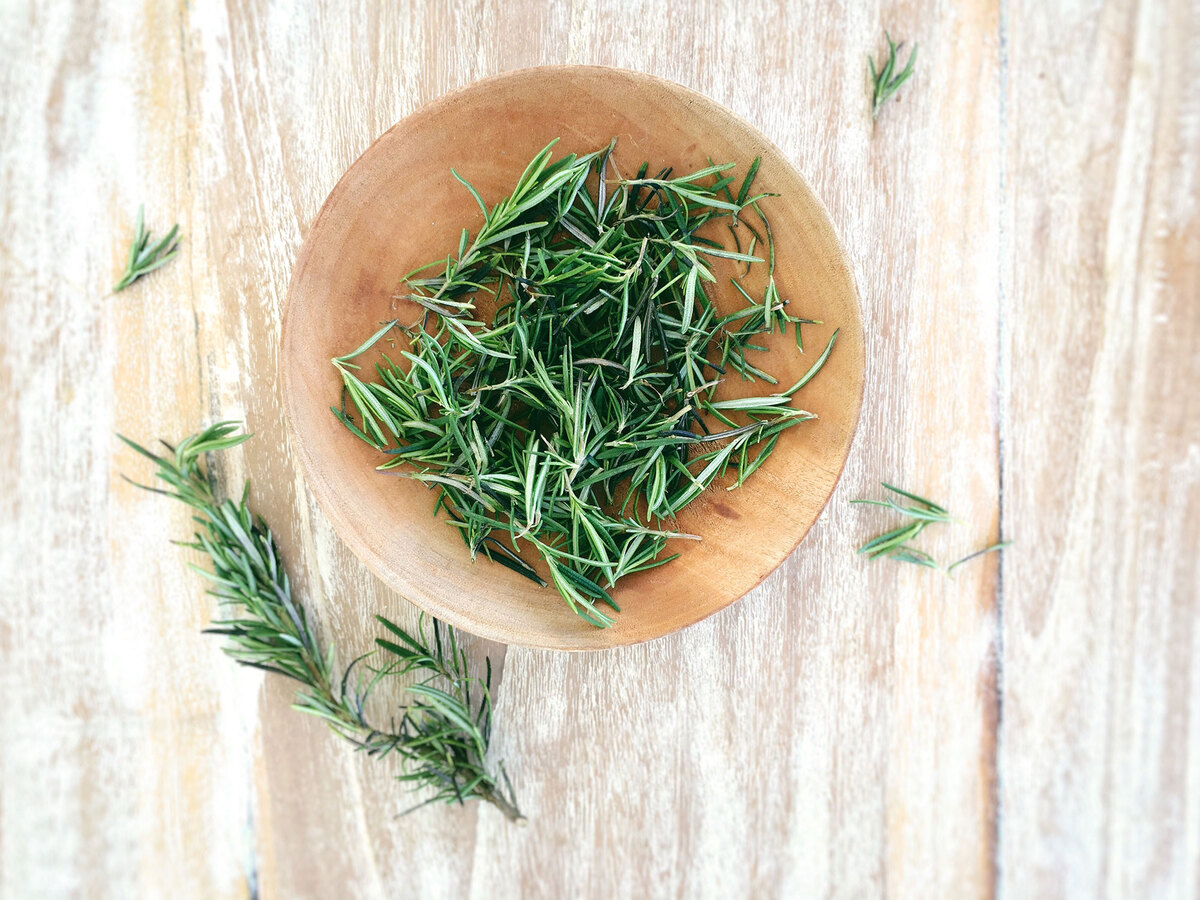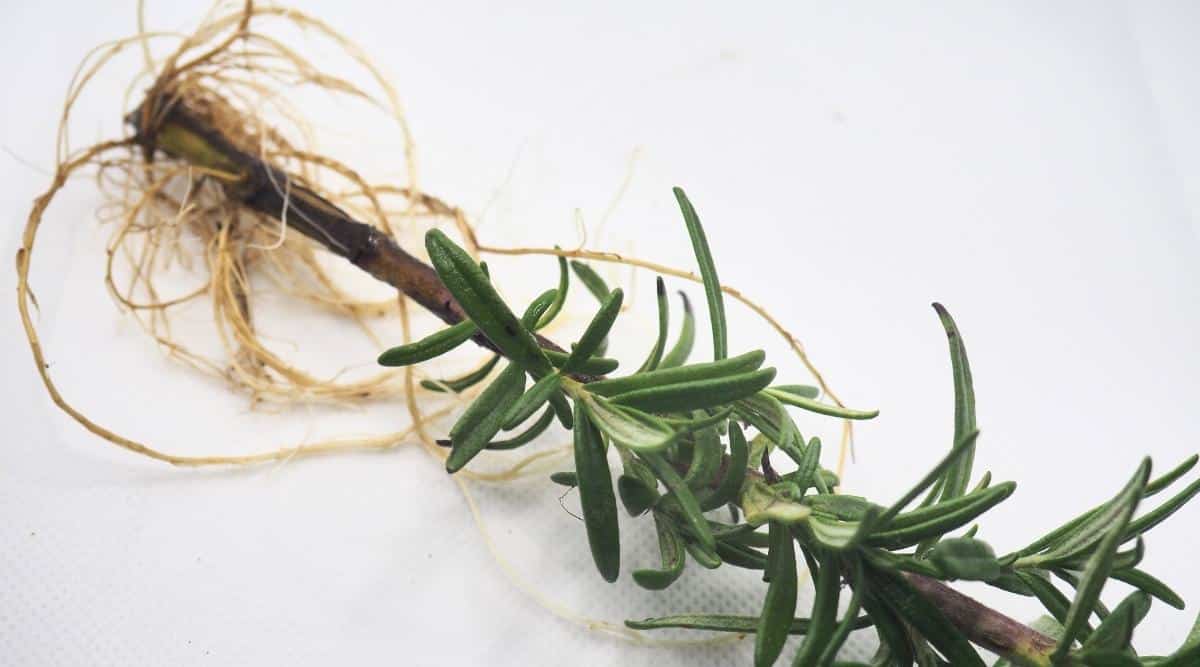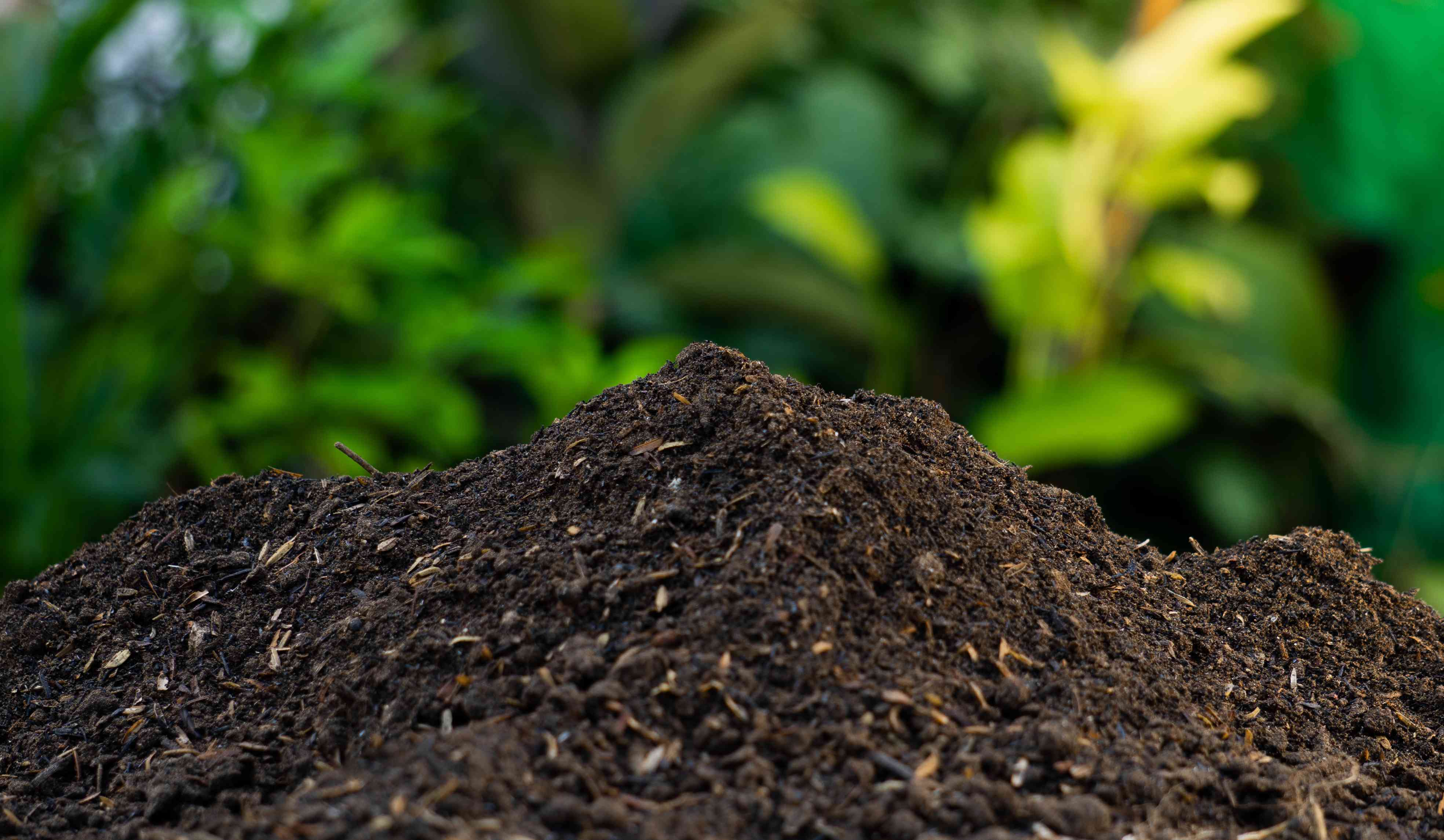Home>Gardening News and Trends>Latest News>What Do You Use Rosemary For In Cooking


Latest News
What Do You Use Rosemary For In Cooking
Published: January 30, 2024
Discover the latest news on how to use rosemary in cooking and elevate your dishes with this versatile herb. Explore innovative recipes and cooking techniques with the freshest updates.
(Many of the links in this article redirect to a specific reviewed product. Your purchase of these products through affiliate links helps to generate commission for Chicagolandgardening.com, at no extra cost. Learn more)
Table of Contents
Introduction
Rosemary is a fragrant and versatile herb that has been cherished for centuries in culinary traditions around the world. Its distinctive aroma and robust flavor make it a beloved ingredient in a wide array of dishes, ranging from savory meats to delicate pastries. This evergreen herb, with its needle-like leaves and woody stem, not only adds depth and complexity to recipes but also boasts a rich history steeped in folklore and medicinal uses.
In the realm of cooking, rosemary is celebrated for its ability to elevate the taste profile of various dishes, imparting a delightful earthy and pine-like essence. Whether used fresh or dried, this herb brings a unique dimension to both simple home-cooked meals and elaborate gourmet creations. From roasted meats and hearty stews to artisanal bread and infused oils, the culinary applications of rosemary are as diverse as they are delectable.
As we delve into the multifaceted world of rosemary in cooking, we will explore its historical significance, unravel its culinary versatility, and uncover the best practices for incorporating this aromatic herb into your culinary repertoire. Join us on a journey through the enchanting realm of rosemary, where its timeless allure and tantalizing flavors await your discovery.
History of Rosemary in Cooking
The use of rosemary in cooking can be traced back to ancient civilizations, where this herb was revered for its culinary and medicinal properties. The Greeks and Romans held rosemary in high esteem, incorporating it into their culinary practices and folklore. They believed that rosemary was a symbol of remembrance, loyalty, and love, leading to its association with both weddings and funerals.
During the Middle Ages, rosemary gained widespread popularity in European kitchens and apothecaries. It was often used to flavor rich meats, game, and poultry, adding a delightful aroma and taste to traditional dishes. Additionally, rosemary was valued for its purported health benefits, with many believing it to possess healing properties for various ailments.
As culinary traditions evolved, rosemary continued to play a prominent role in Mediterranean cuisine, particularly in regions like Italy, where it became a staple herb in iconic dishes such as focaccia, roasted lamb, and hearty soups. Its prevalence in Mediterranean cooking can be attributed to the herb’s ability to thrive in the region’s sunny and arid climate, making it readily available for culinary use.
Throughout history, the allure of rosemary in cooking has endured, transcending cultural boundaries and inspiring chefs and home cooks alike to experiment with its aromatic essence. Today, rosemary remains a beloved ingredient in global gastronomy, cherished for its ability to infuse dishes with a touch of herbal sophistication and timeless charm.
Culinary Uses of Rosemary
Rosemary’s culinary versatility knows no bounds, as it seamlessly complements an extensive range of dishes, from savory to sweet. Its robust flavor and aromatic profile make it an indispensable herb in the culinary world. Here are some of the most popular culinary uses of rosemary:
- Meats: Rosemary is a classic pairing with various meats, including lamb, poultry, pork, and beef. Whether used as a rub, marinade, or garnish, it imparts a delightful earthy flavor that enhances the natural richness of the meat.
- Roasted Vegetables: When added to roasted vegetables such as potatoes, carrots, and parsnips, rosemary lends a fragrant and savory note, elevating the overall taste of the dish.
- Breads and Baked Goods: In artisanal bread and pastry recipes, rosemary adds a subtle yet distinct herbal essence, creating a harmonious balance of flavors.
- Soups and Stews: The addition of rosemary to soups and stews infuses them with a comforting and aromatic depth, making it a popular choice in hearty, slow-cooked dishes.
- Infused Oils and Vinegars: Rosemary-infused oils and vinegars are prized for their ability to impart a nuanced herbal flavor to dressings, marinades, and dipping sauces.
- Cocktails and Beverages: Mixologists and home bartenders often incorporate rosemary into cocktails and mocktails to add a fragrant and herbaceous twist to their creations.
These are just a few examples of the myriad ways in which rosemary can be utilized in cooking, each showcasing its remarkable ability to enhance and enliven a diverse array of culinary creations.
How to Use Rosemary in Cooking
When incorporating rosemary into your culinary endeavors, there are several methods to ensure that you harness the full potential of this aromatic herb. Here are some tips on how to use rosemary effectively in cooking:
- Fresh vs. Dried: Fresh rosemary offers a vibrant and robust flavor, while dried rosemary provides a more concentrated and potent taste. Both forms can be used in cooking, with fresh rosemary being ideal for infusing dishes with a subtle herbal essence, and dried rosemary offering convenience and versatility.
- Infusion and Marination: To extract the maximum flavor from rosemary, consider infusing it in oils, vinegars, or marinades. This process allows the herb’s essential oils to permeate the ingredients, imparting a rich and aromatic taste.
- Seasoning and Garnishing: Sprinkle finely chopped fresh rosemary over finished dishes to add a burst of herbal freshness. Alternatively, use whole sprigs of rosemary as a garnish to enhance the visual appeal of your culinary creations.
- Cooking with Stems: When using fresh rosemary in slow-cooked dishes or roasts, consider leaving the stems intact. The woody stems release flavor gradually, infusing the dish with a subtle, herbal aroma.
- Pairing with Complementary Flavors: Rosemary harmonizes beautifully with an array of ingredients, including garlic, citrus, olive oil, and other herbs such as thyme and sage. Experiment with different flavor combinations to discover the perfect marriage of tastes.
- Temperature Considerations: When cooking with rosemary, be mindful of the cooking temperature and duration. High heat can intensify the herb’s flavor, while prolonged cooking times can mellow its taste, allowing it to meld seamlessly with other ingredients.
By embracing these techniques, you can harness the full potential of rosemary, unlocking its captivating flavors and aromatic allure in your culinary creations.
Tips for Cooking with Rosemary
When venturing into the realm of cooking with rosemary, certain tips and techniques can enhance your culinary endeavors and ensure that you make the most of this versatile herb. Consider the following insights to elevate your experience with cooking using rosemary:
- Proper Storage: To maintain the freshness and flavor of fresh rosemary, store it in the refrigerator, wrapped in a slightly damp paper towel and placed in a plastic bag. Dried rosemary should be kept in airtight containers away from direct sunlight and moisture.
- Balancing Intensity: When using dried rosemary, remember that its flavor is more concentrated than that of fresh rosemary. Adjust the quantity accordingly to achieve the desired level of herbal essence in your dishes.
- Enhancing Roasted Dishes: When roasting meats or vegetables, tuck whole sprigs of rosemary among the ingredients to infuse the dish with a delightful aroma. This technique imparts a subtle herbal flavor without overwhelming the other components.
- Harvesting Fresh Rosemary: If you have access to a fresh rosemary plant, harvest the sprigs by snipping them with kitchen shears or a sharp knife. Opt for young, tender stems, as they tend to yield the best flavor.
- Experimenting with Infusions: Create your own rosemary-infused oils, vinegars, or syrups to add a distinctive twist to your culinary repertoire. These infusions can be used to elevate dressings, marinades, and even desserts.
- Pairing with Citrus: The bright, zesty notes of citrus fruits such as lemon or orange complement the earthy flavor of rosemary exceptionally well. Consider incorporating citrus zest or juice into dishes featuring rosemary for a vibrant flavor profile.
- Subtle Seasoning: Exercise restraint when using rosemary in delicate dishes, such as seafood or light salads, to avoid overpowering the inherent flavors. A light touch of rosemary can enhance these dishes without dominating their nuances.
By embracing these tips and techniques, you can embark on a flavorful journey with rosemary, infusing your culinary creations with its captivating essence and aromatic charm.
Conclusion
As we conclude our exploration of the captivating world of rosemary in cooking, it becomes evident that this aromatic herb holds a cherished place in culinary traditions across the globe. From its rich historical significance to its diverse culinary applications, rosemary continues to enchant chefs and home cooks with its timeless allure and unmistakable flavor profile.
Throughout history, rosemary has transcended cultural boundaries, leaving an indelible mark on the culinary landscapes of various regions. Its association with remembrance, loyalty, and love has woven a tapestry of symbolism around this esteemed herb, elevating its status beyond mere culinary ingredient to that of a revered cultural emblem.
Today, as we embrace the art of cooking with rosemary, we are presented with a myriad of opportunities to infuse our dishes with its fragrant and robust essence. Whether used to enhance the savoriness of roasted meats, add depth to hearty stews, or lend a subtle herbal note to artisanal bread, rosemary stands as a testament to the harmonious marriage of flavor and tradition.
As you embark on your culinary adventures with rosemary, remember to savor the process of experimentation and discovery. Embrace the herb’s versatility, from fresh sprigs to dried leaves, and allow its aromatic charm to elevate your culinary creations to new heights of gastronomic delight.
Incorporate the tips and techniques shared in this journey to unleash the full potential of rosemary, and relish the joy of creating dishes that bear the imprint of this timeless herb. Let the evocative aroma and distinctive flavor of rosemary transport you to a realm where culinary artistry and natural splendor converge, enriching your palate and enlivening your culinary repertoire.
May your culinary endeavors be infused with the enchanting essence of rosemary, inspiring moments of culinary delight and fostering a deep appreciation for the enduring legacy of this remarkable herb.





